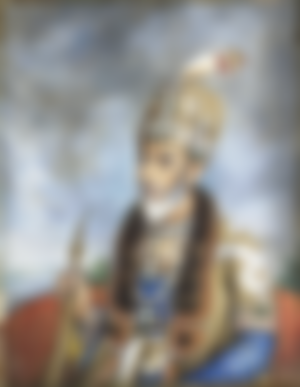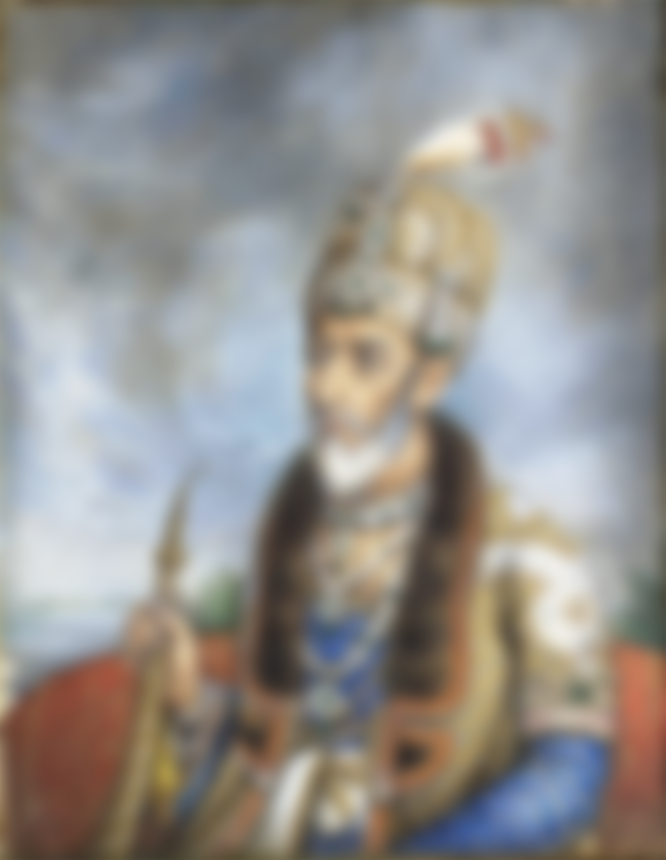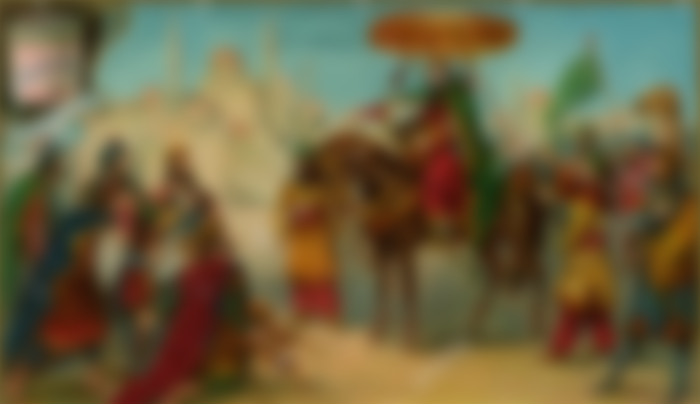While the West declined following the collapse of the Roman Empire, a new Arab civilization arose to the east, reaching an early peak in Baghdad under the caliph Harun al-Rashid. Harun is the legendary caliph of The Thousand and One Nights, but his actual court was nearly as magnificent as the fictional one. In The Caliph’s Splendor, Benson Bobrick eloquently tells the little-known and remarkable story of Harun’s rise to power and his rivalries with the neighbouring Byzantines and the new Frankish kingdom under the leadership of Charlemagne.

When Harun came to power, Islam stretched from the Atlantic to India. The Islamic empire was the mightiest on earth and the largest ever seen. Although Islam spread largely through war, its cultural achievements were immense. Harun’s court at Baghdad outshone the independent Islamic emirate in Spain and all the courts of Europe, for that matter. In Baghdad, great works from Greece and Rome were preserved and studied, and new learning enhanced civilization. Over the following centuries Arab and Persian civilizations made a lasting impact on the West in astronomy, geometry, algebra (an Arabic word), medicine, and chemistry, among other fields of science. The alchemy (another Arabic word) of the Middle Ages originated with the Arabs. From engineering to jewelry to fashion to weaponry, Arab influences would shape life in the West, as they did in the fields of law, music and literature.
KING OF KINGS: HARUN AL-RASHID

At the age of eighteen, five years before he became caliph. Harun had married Amat al-Aziz (nicknamed Zubaidah), the daughter of Salsal, Khaizuran’s sister, and the granddaughter of Mansur. She was therefore his cousin on both her father’s and her mother’s side. A roly-poly little girl, she charmed the court elders. Mansur had affectionately named her Zubaidah, meaning “little Butterpat.” In time she grew into a graceful, slender young woman “with marvelous outpointing breasts and a bee’s waist.” The wedding banquet was held in the al-Khuld or Eternity Palace and basins of gold dinars were distributed among the guests. A coveted heirloom – a bejeweled sleeveless jacket worn by the Umayyad queens and which had also belonged to Khaizuran – was passed on to the new bride. Zubaidah and Harun were in love, but he later had other wives (as allowed by Islamic law) including Azizah, daughter of Khaizuran’s brother Ghitrif; and Ghadir, who had been Hadi’s concubine – all belonging to the ruling house.
In the end, he would be married six times (though never to more than four wives at one time) and father twenty five children – ten sons and fifteen daughters by his numerous concubines and wives.

He became the fifth ruler of the vast Abbasid Caliphate on September 14, 786. The name Aaron is analogous to the Hebrew name Aaron, known from the Bible. His reign marked the peak of the so-called The golden age of Islam, which was characterized by the great rise of art, culture and learning. He appointed extremely capable ministers who did much to advance the state and raise living standards.
Ar-Rashid's name became so well known in the world that Frankish sources mentioned that Charlemagne maintained diplomatic contacts and exchanged gifts with him, and Arab-Chinese diplomatic ties were recorded. One of the gifts sent to Charlemagne was a water clock with mechanical knights that would come out at every beat of the clock. Europeans were so stunned that they believed it was magic. Today, Harun ar-Rashid is best known as a character in famous stories from the Thousand and One Nights, where he is depicted in an idealized form. In these tales he figures as a wise ruler with a splendid court.


